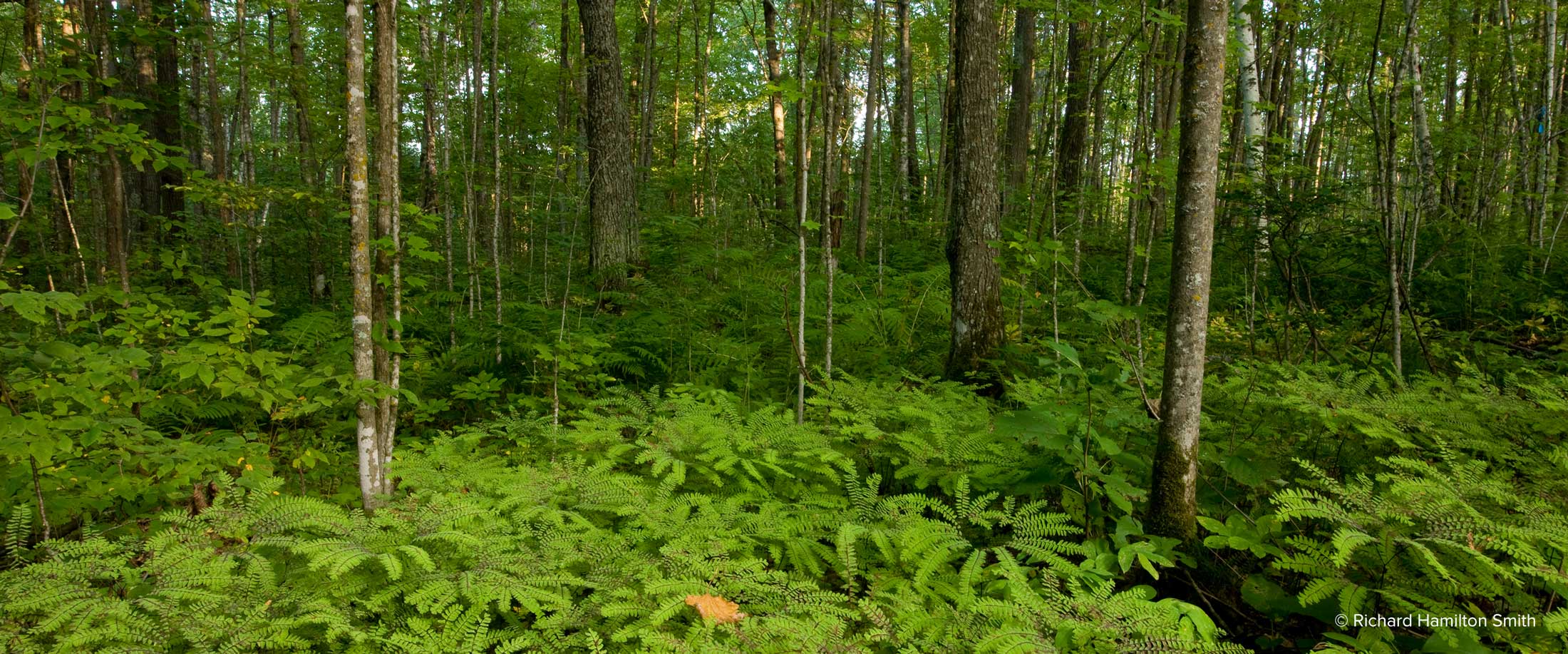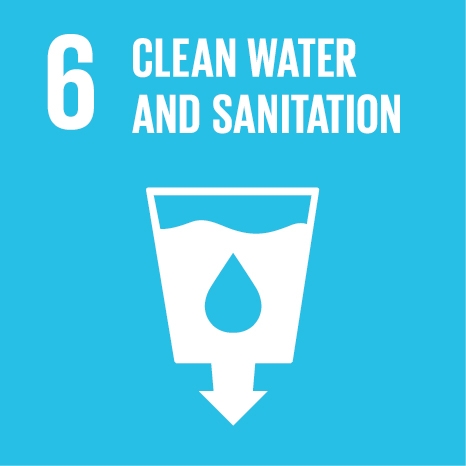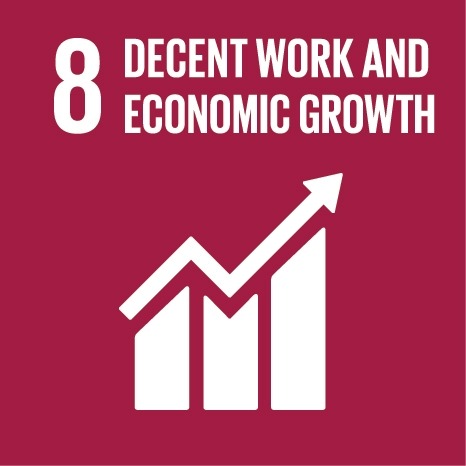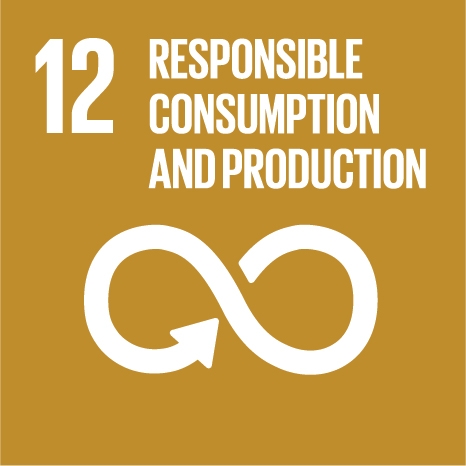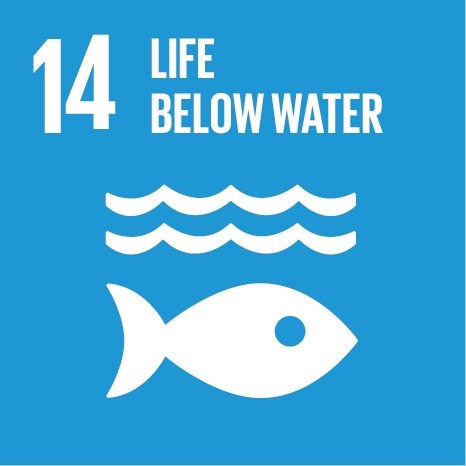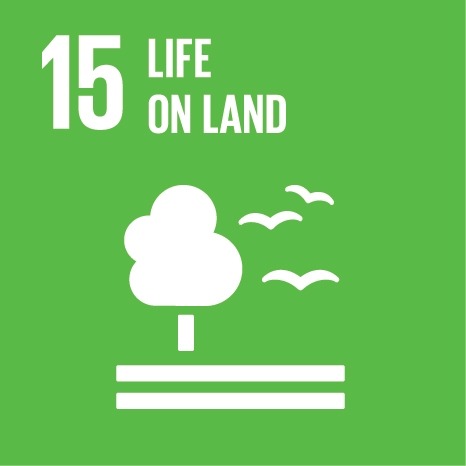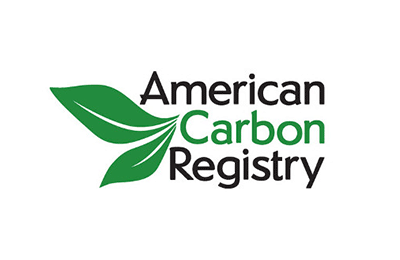By transforming forest management in north central Minnesota, this project enhances the health of nearly 175,000 acres of working forest while supporting the local forest products industry and associated livelihoods. Along with increasing forest carbon stocks, this project safeguards the ecosystem services that the forest provides like clean water, wildlife habitat, and outdoor recreation.
Where & Why
When Europeans first arrived in the Americas, about two-thirds of the area that is now Minnesota was covered by forest. Many settlers believed Minnesota’s vast forests would never run out of wood. In fact, on early maps the northern part of Minnesota was simply labeled as “Abundant Pine.”
But America was a growing country and countless trees were felled to build homes, furniture, and covered wagons. At the logging industry’s peak in 1900, Minnesota’s lumberjacks were harvesting about 2 billion board-feet per year – enough to construct a boardwalk around the entire planet.
During this time, forests were not viewed as a renewable resource so there was little focus on regeneration. Rather than planting new trees, loggers employed a “cut-and-run” method, leaving behind a wasteland of stumps and discarded tree tops. This dry debris fueled catastrophic forest fires which caused further destruction and devastated many northern Minnesota communities.
Of all the trees in Minnesota’s forests, the towering white pine was the most sought after species – it is often referred to as “the tree that built America.” It didn’t take long before nearly all of Minnesota’s “inexhaustible” virgin white pine had been harvested.
Thankfully, the latter half of the 20th century saw a transition away from this unfettered style of logging to more intentional, planned forest management. But even though the forest products industry was shifting toward a more sustainable mindset, they were predominantly using practices like single-species plantations which did not incorporate the natural ecology and resulted in a loss of diversity and carbon storage.
Though Minnesota’s forest has somewhat regenerated since the early 1900s, only a third of the state is still forested. Of this, less than 2 percent is considered to be undisturbed, old growth forest.
How & Who
The Blandin Native American Hardwoods project is located in northeast Minnesota, within a 70-mile radius of the town of Grand Rapids. The project area comprises over 173,000 acres of forest parcels owned by Blandin Paper Company. This forest has been harvested since the turn of the century and remnants of old logging camps on the property offer a glimpse into Minnesota’s logging past.
But logging is not just part of Minnesota’s past. The industry is still an important part of the state’s economy today. In 2020, Minnesota’s forest products industry supported nearly 70,000 jobs and generated $17.4 billion in gross sales.
At the start of this project, Blandin signed a perpetual conservation easement which ensures their land remains a working forest for pulp and sawlog production and is not developed. While many of the region’s forest owners continue to rely on more intensive harvest practices and management techniques, Blandin works with nature to increase diversity and enhance forest health.
Blandin utilizes SmartForestrySM techniques to manage the forest, tailoring harvests to mimic the natural ecology of the site. Rather than planting single-species plantations, Blandin maintains a mixture of native tree species of differing ages and sizes. Along with high-value species like white spruce and red pine, this includes species like white pine that used to thrive in the area, but aren’t typically planted since they don’t provide commercial value.
The resulting complex forests increase carbon storage, particularly when compared to the intensive practices of the past. Over the project’s 20 year crediting period, this is expected to generate nearly 3.7 million metric tons of emissions reductions. The forests’ increased diversity also makes them more resilient to threats such as invasive species, disease, and climate change.
Employing these SmartForestrySM methods is much more complex, and requires Blandin to sacrifice some of the short term profits that could be gained by using more intensive management. The funding from carbon offset sales plays an important role in bridging this revenue gap and incentivizing improved forest management.
Beyond increasing carbon stocks, the project also safeguards the other environmental and socio-cultural benefits that the forest provides. Along with being a carbon sink, the forest is a critical wildlife habitat that is home to 47 types of birds, 30 miles of trout streams, and iconic species like the black bear, grey wolf, and moose. The project also ensures the forest continues its important job of maintaining water quality, and protects important freshwater resources including 151 miles of streams. This is especially important in Minnesota, where 75% of residents get their water from forested parts of the state. The project also engages individuals in conservation by providing workshops on ecosystem silviculture and giving away thousands of tree seedlings to local communities.
Beyond these environmental benefits, the Blandin forest is also a source of enjoyment for both residents and out-of-towners who visit the forest for recreational activities like snowmobiling, fishing, bird watching, cross-country skiing, and hiking. The project also employs 38 people in forest management and provides economic security for the 3,200 families that rely on the wood resources for their livelihoods.

Environmental Benefits
- Protects and improves the management of 173,000+ acres of forests
- Safeguards important wildlife habitat and water resources
- Strengthens forest resilience to climate change and other disturbances
- Raises environmental awareness
- Mitigates climate change by increasing forest carbon stocks

Community Benefits
- Supports Minnesota’s forest products industry and connected livelihoods
- Provides jobs in sustainable forest management
- Protects lands that provide a space for outdoor recreation
- Maintains water quality
Project Type

Forests
Location
Annual CO2 Reduction
84,938 metric tons CO2e (annual average for crediting period)
SDGs Supported
Verification Standard
Project Developers
Blandin Paper Company
Project Documents
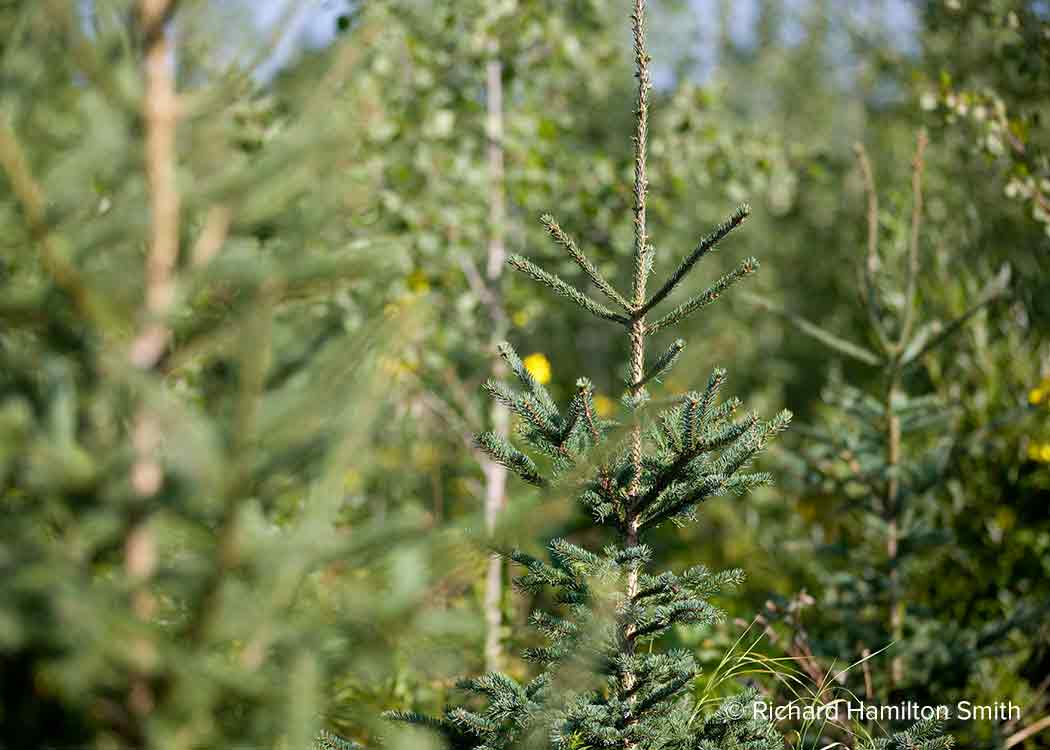
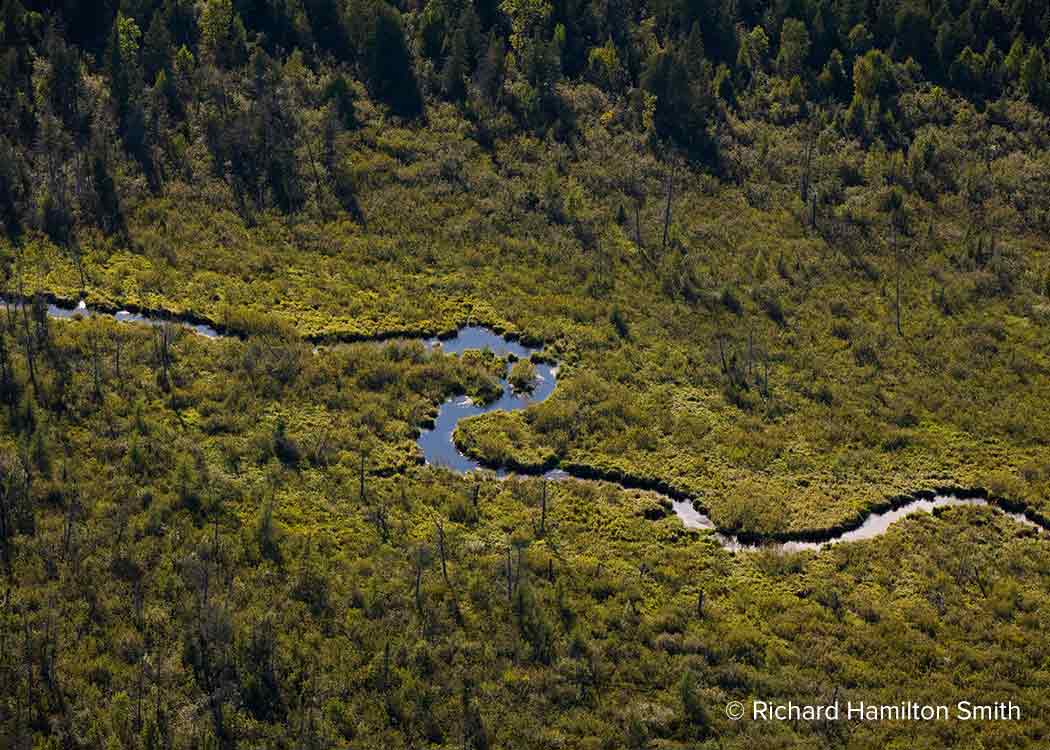
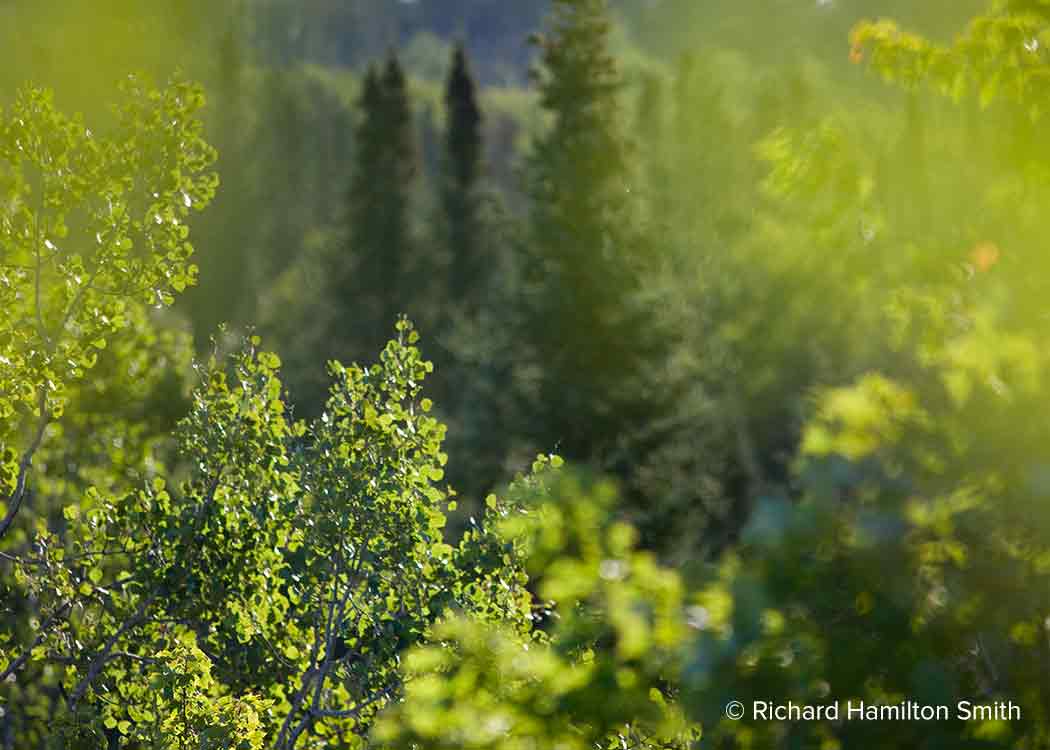
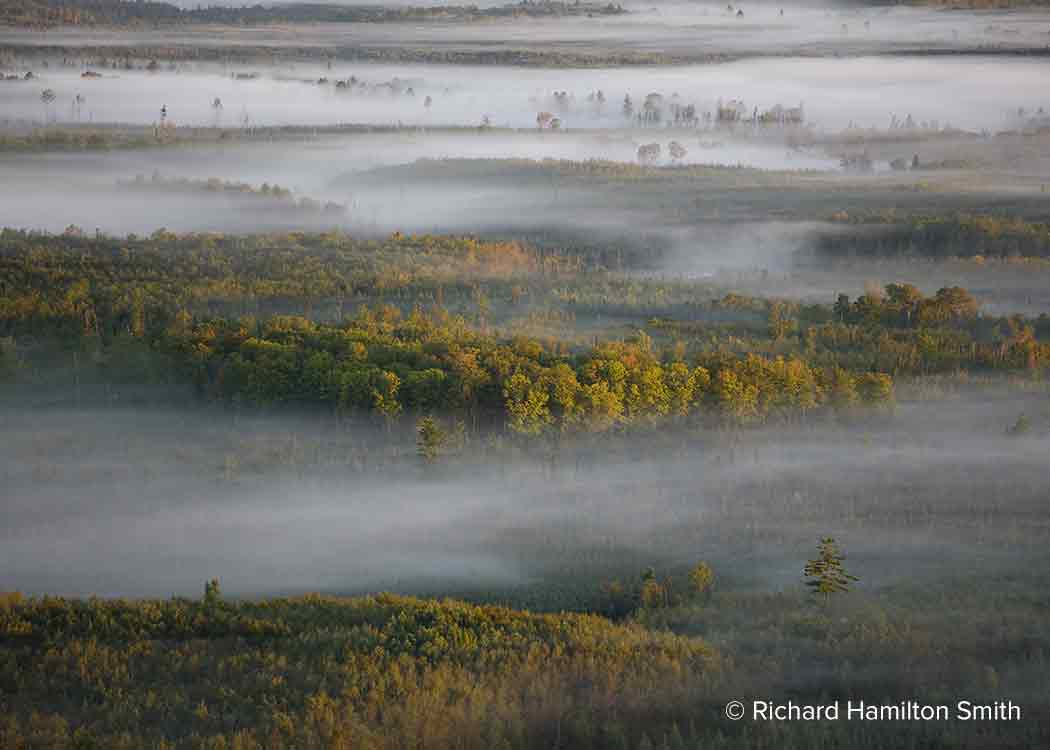
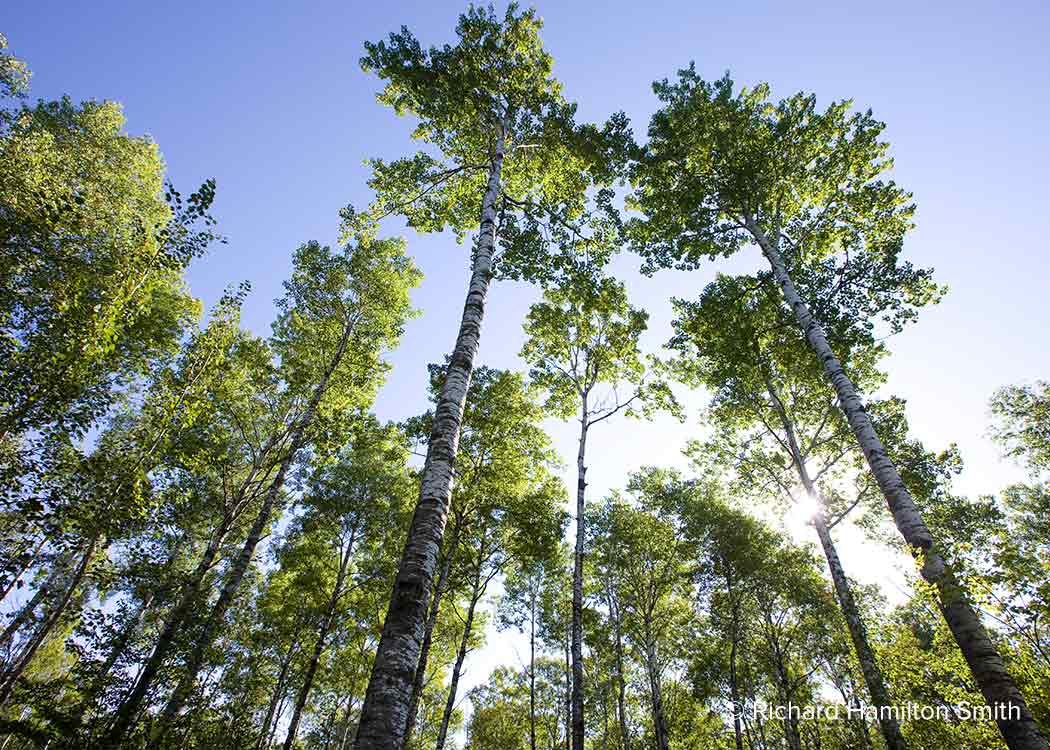
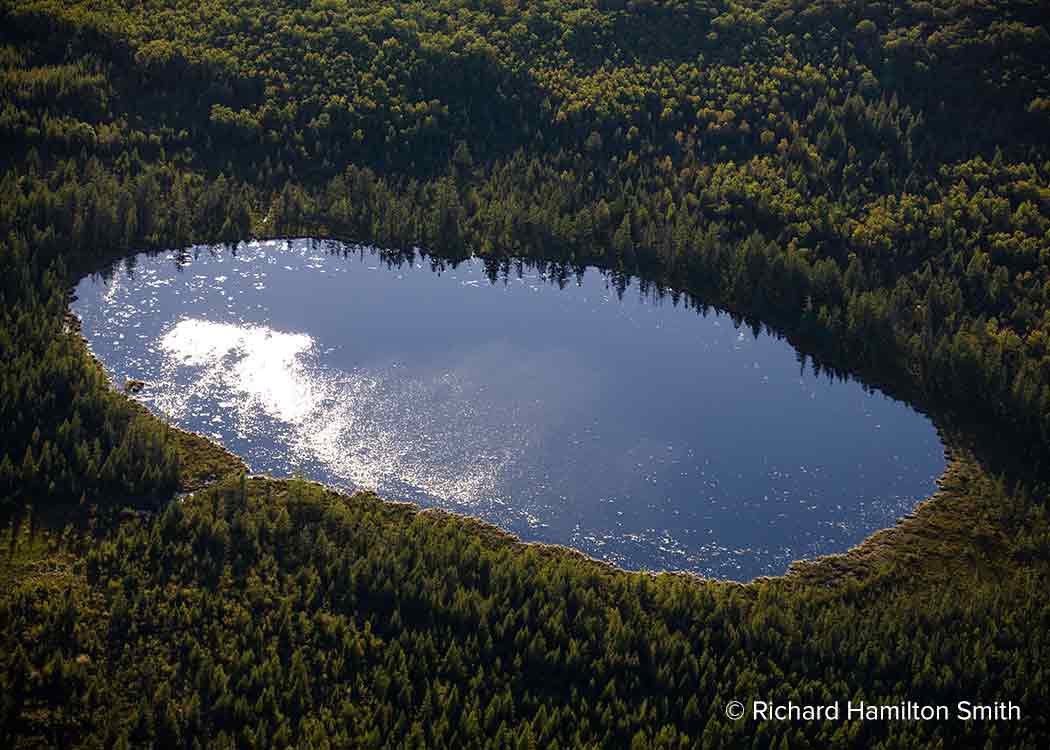
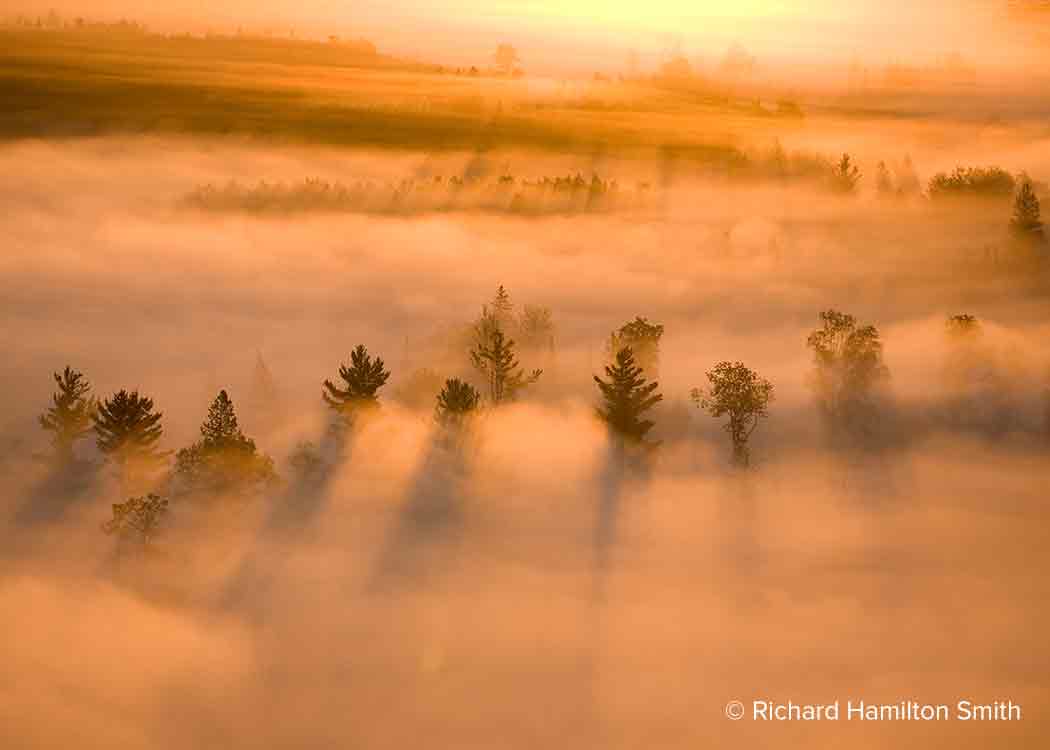
Offset Your Travel Footprint
Calculate and offset the carbon footprint of your flight in seconds via our online carbon calculator. Or, business, explore our measure and offsetting options.

